We had quite a few people attend our July meeting.
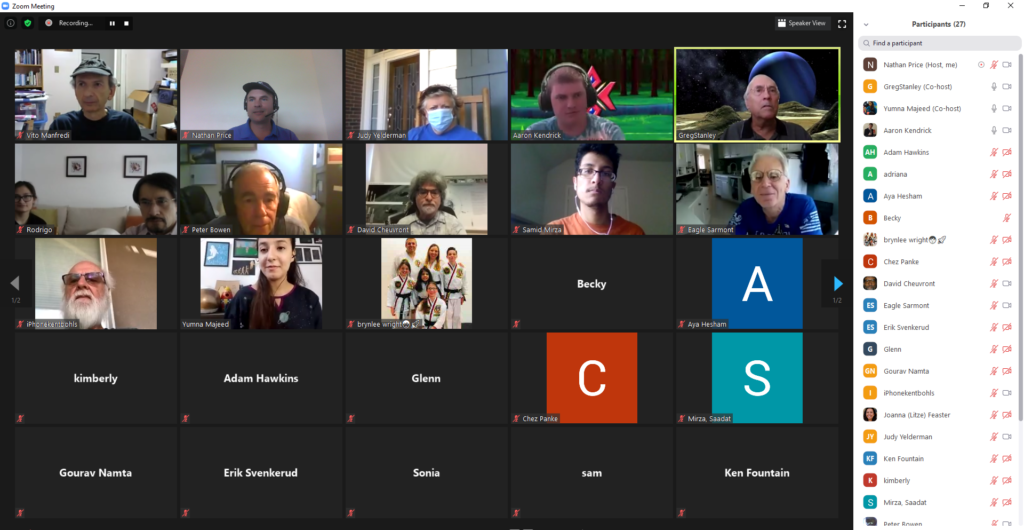
We had a packed agenda.
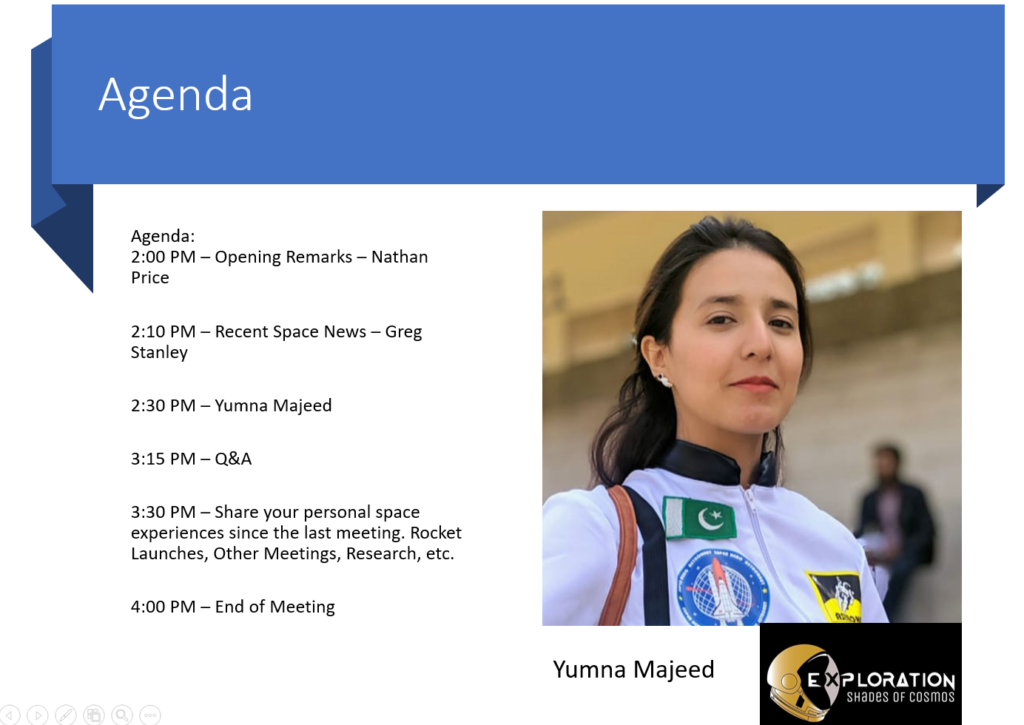
The meeting started with Nathan Price, NSS North Houston Space Society president, introducing the active environment that the earth inhabits in the solar system.
The Comet NEOWISE was just detected March 2020, and could be seen in the early morning hours of July is a reminder that we have much more to discover about our solar system and the threats and opportunities it has.
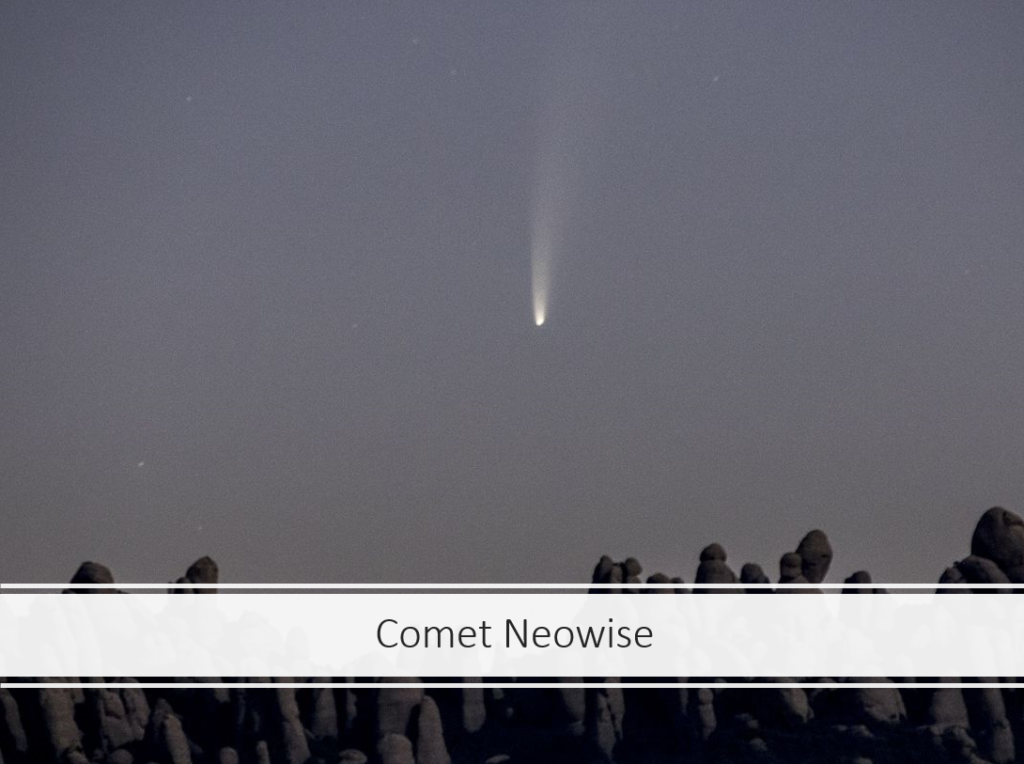
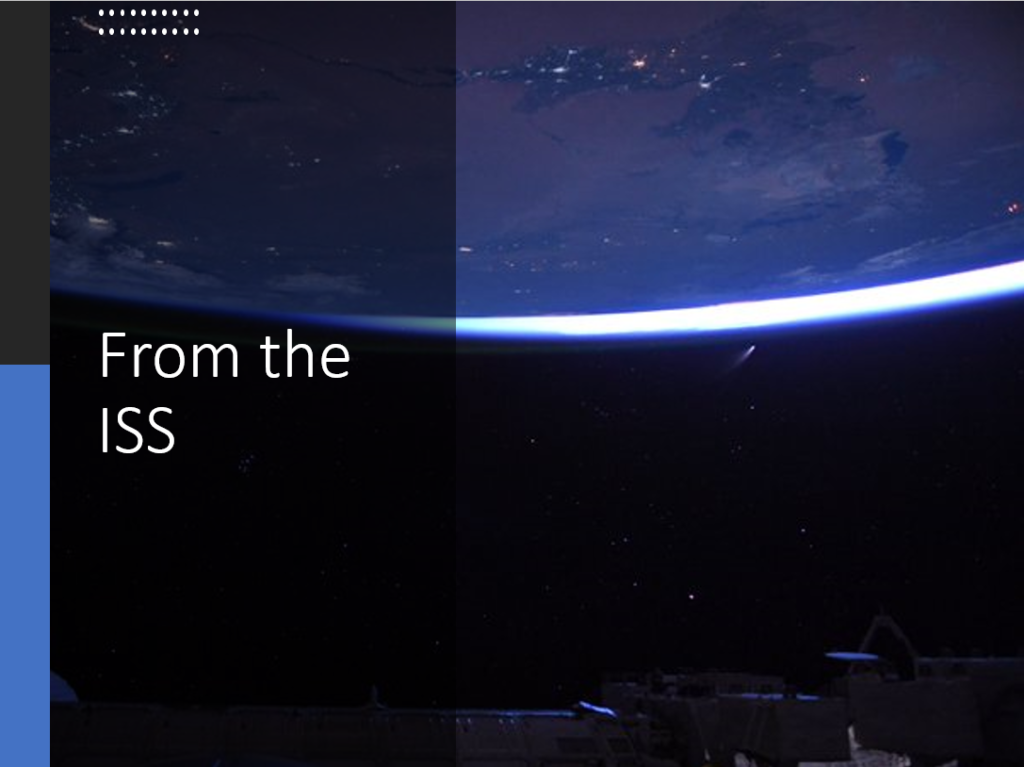

Meteors can constantly be seen from the earth. They come in all sizes. Most burn up in the atmosphere. Most of the ones that do make it through the atmosphere end up in the oceans. But occasionally they make spectacular displays. Consider these two from last month:
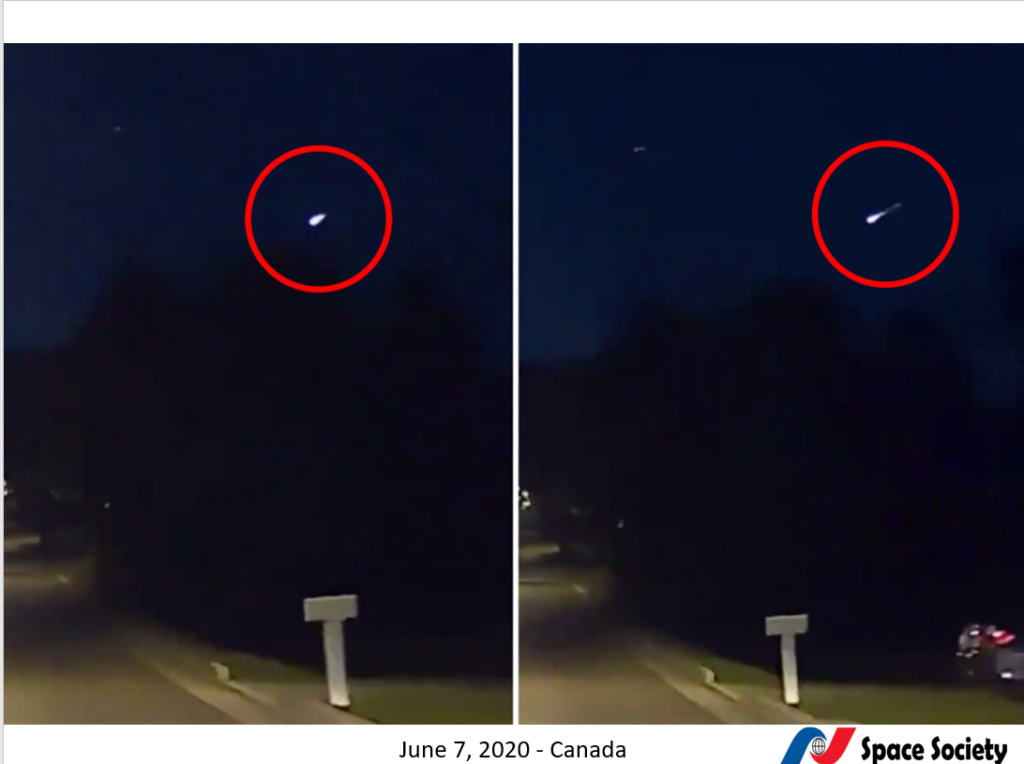
There are millions of other asteroids and comets that cross in the vicinity of earth that we have yet to discover. Consider how our knowledge has increased between 1999 and 2018.
We need to explore, monitor, and discover as many of these as we can. We need to make sure they do pose a threat to the earth or other human settlements throughout the solar system. And we need to have the capabilities to deflect, redirect, destroy the ones that do pose a danger to the earth.
But these asteroids and comets are not just a threat. They are also an opportunity. They contain data about the early days of our solar system, about parts of our solar system we may not be able to directly access, and about other star systems. They are also a source for materials. Rare Earth Metals actually come from asteroids. And the moon may have an abundance of them. We should go and see.
The National Space Society wants to raise awareness of the threats and opportunities that space poses. We want to see humanity master space and to treat space as just another domain for human activity. If you share this vision, please sign up for our mailing list and join the National Space Society.
Greg Stanley gave an awesome and thorough update on recent space news.
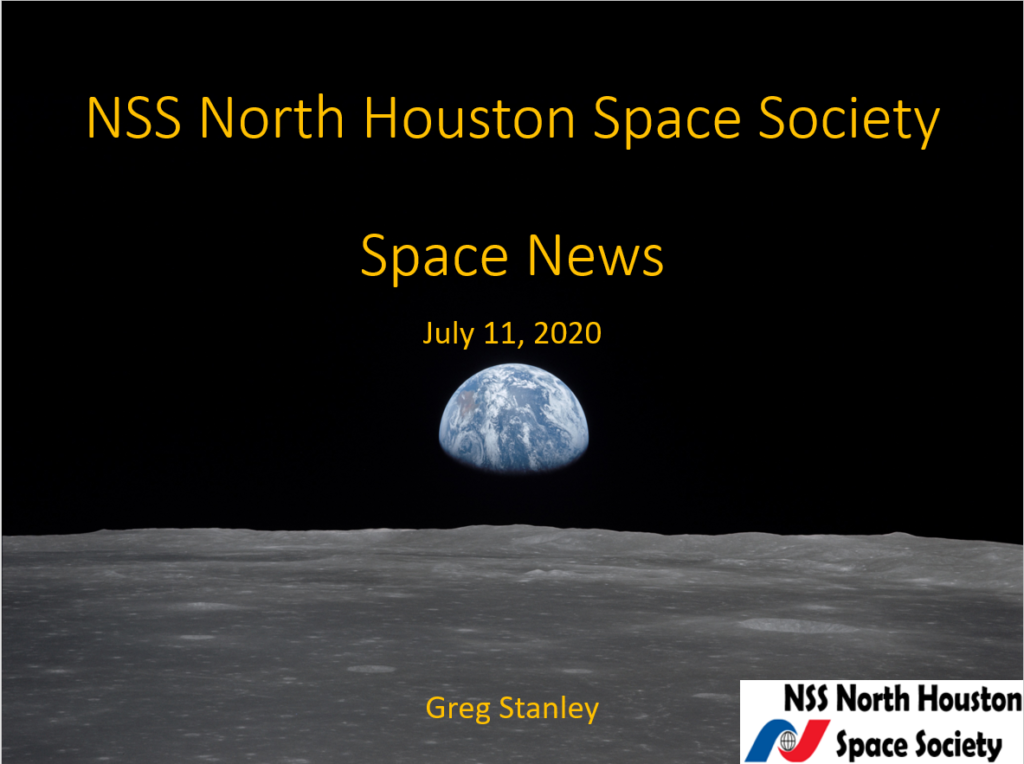
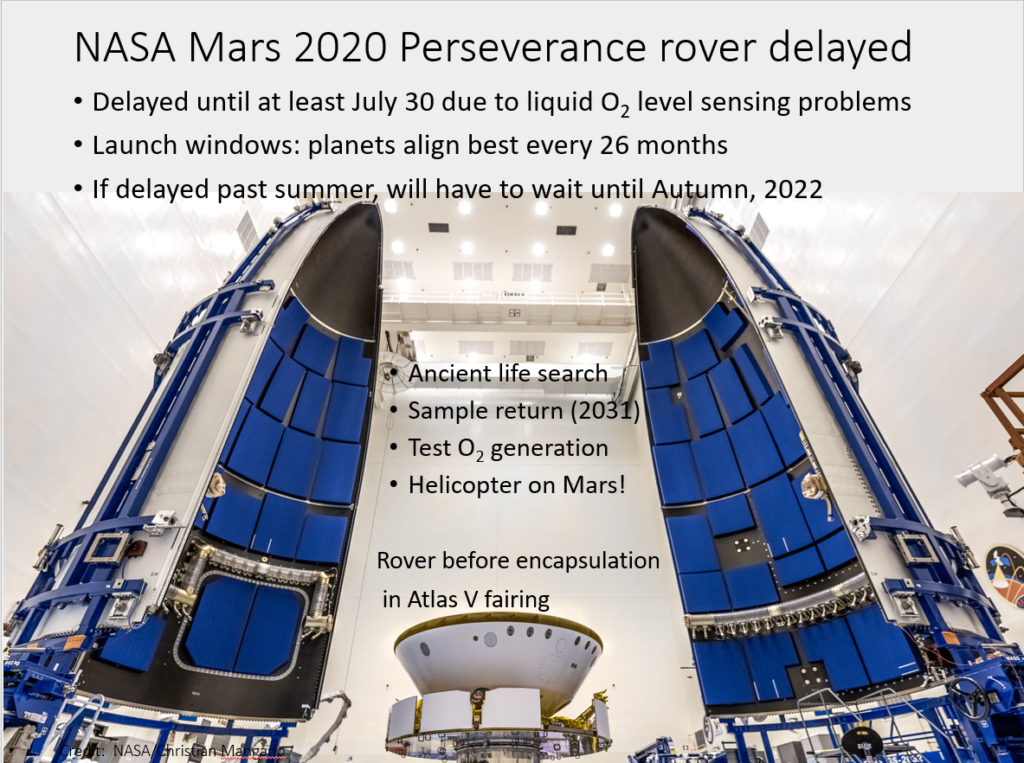
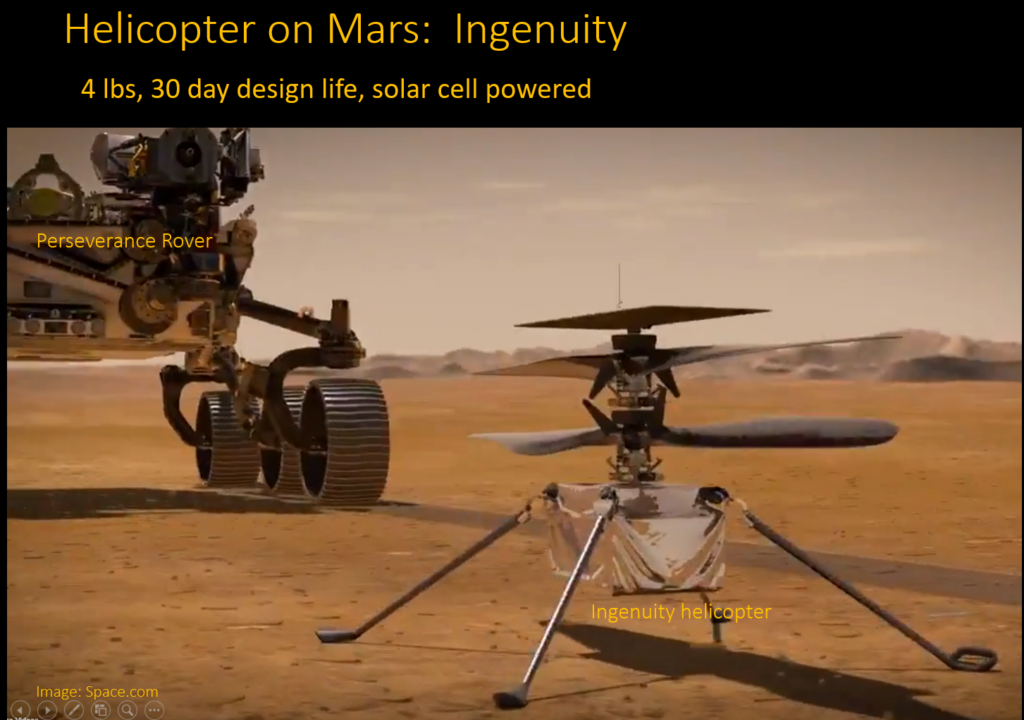
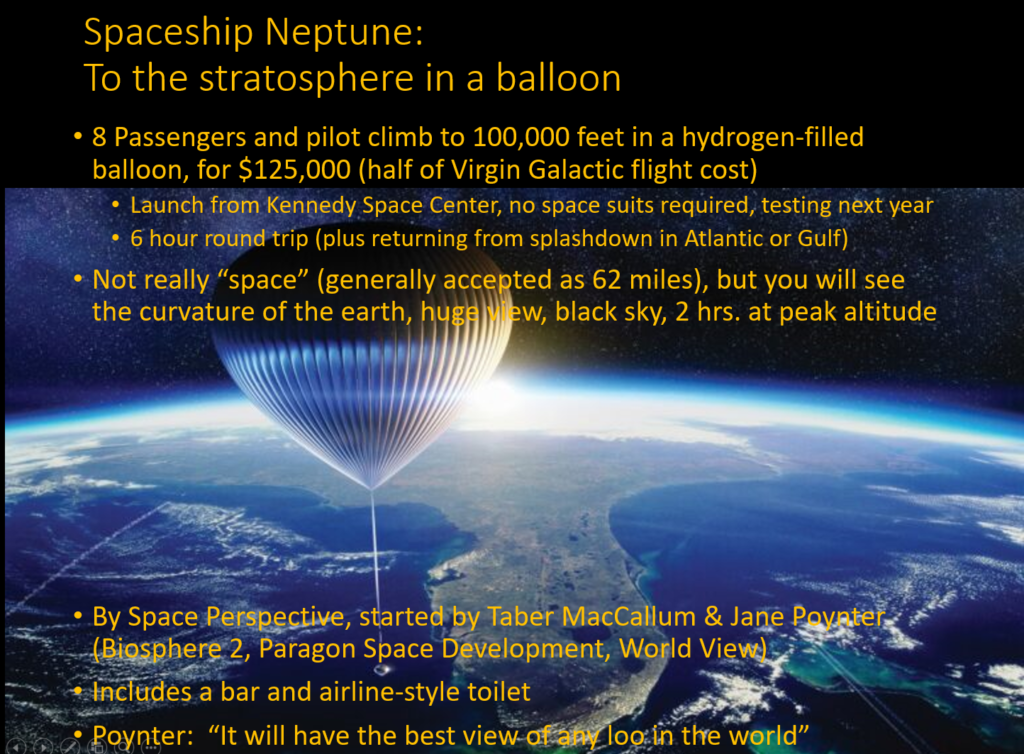

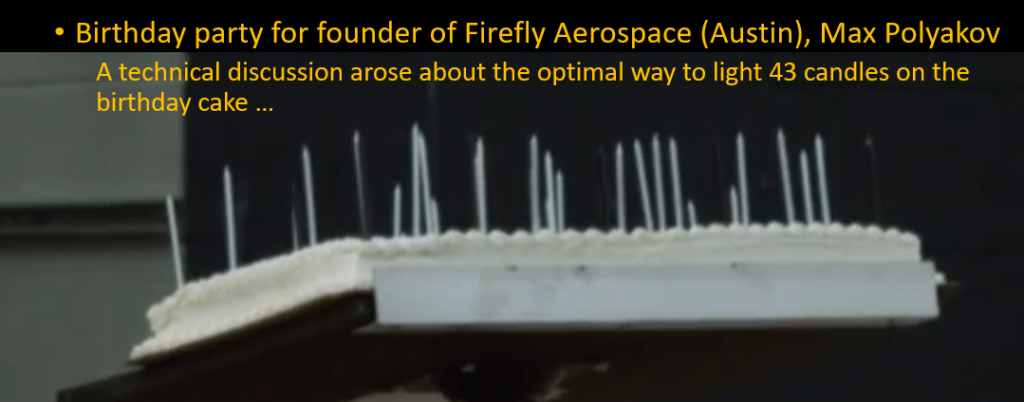
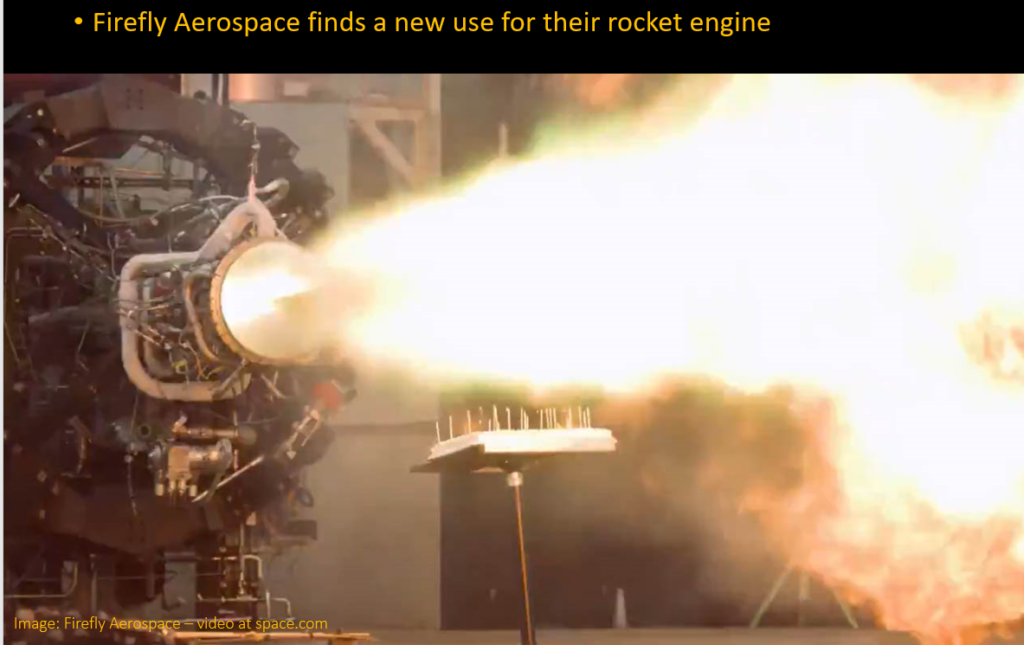
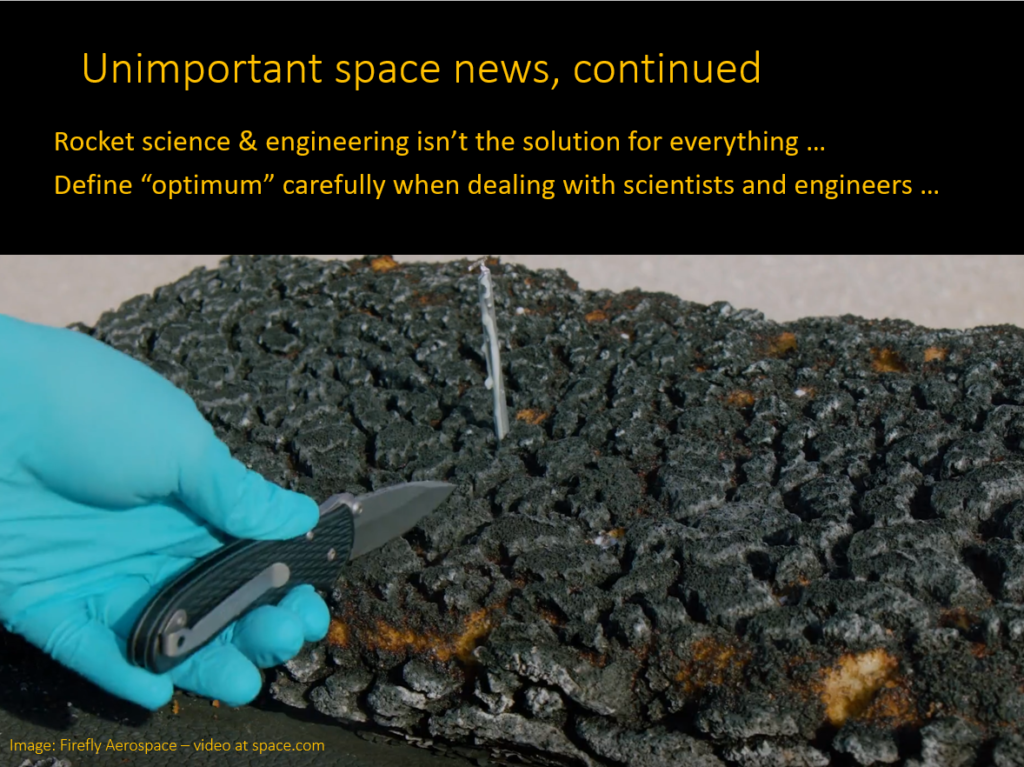
(See the video of using a Firefly rocket to light candles on birthday cake)
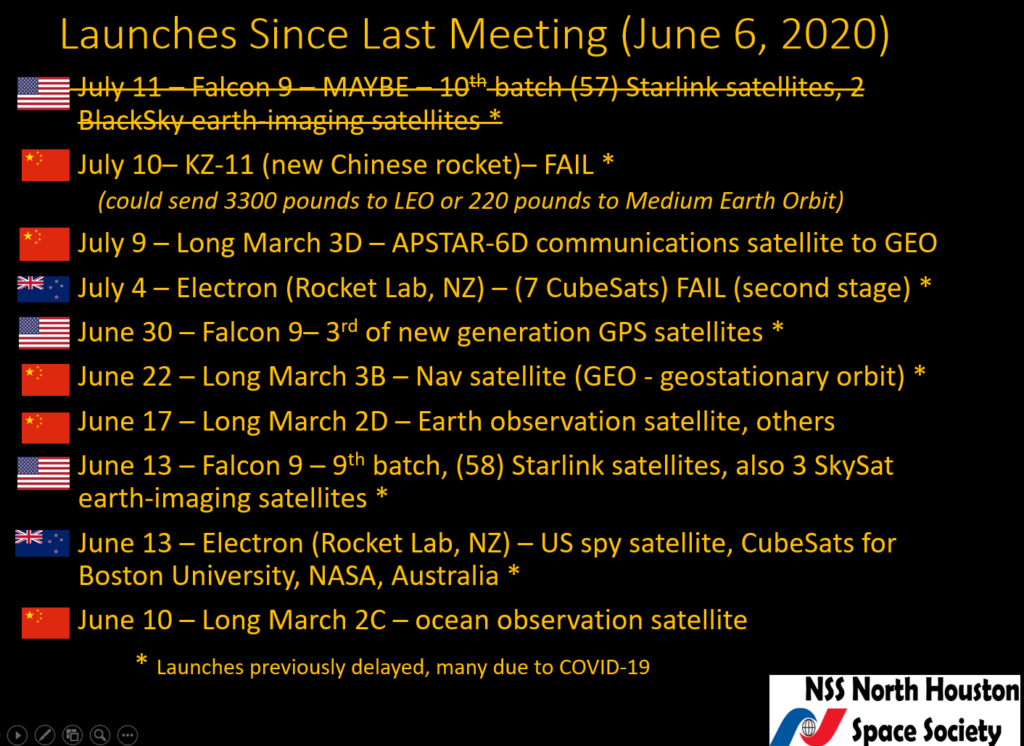
Then we had Yumna Majeed tell us about her journey and experience inspiring people in Pakistan to look up at the stars and to be inspired by the opportunity it represents.
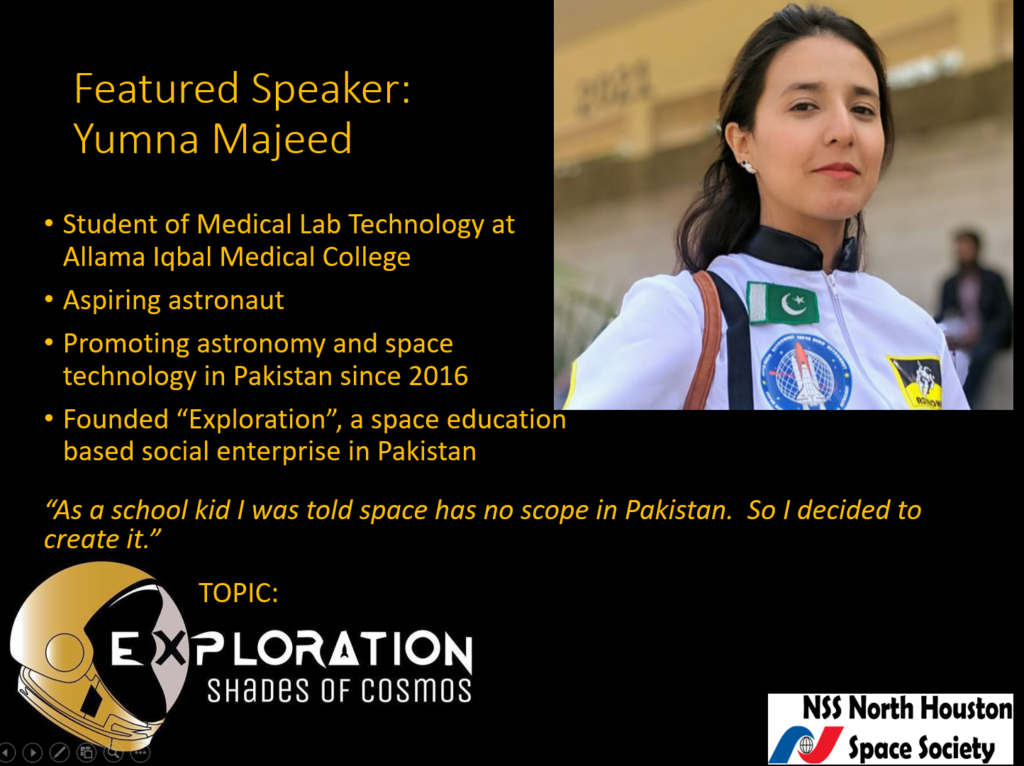
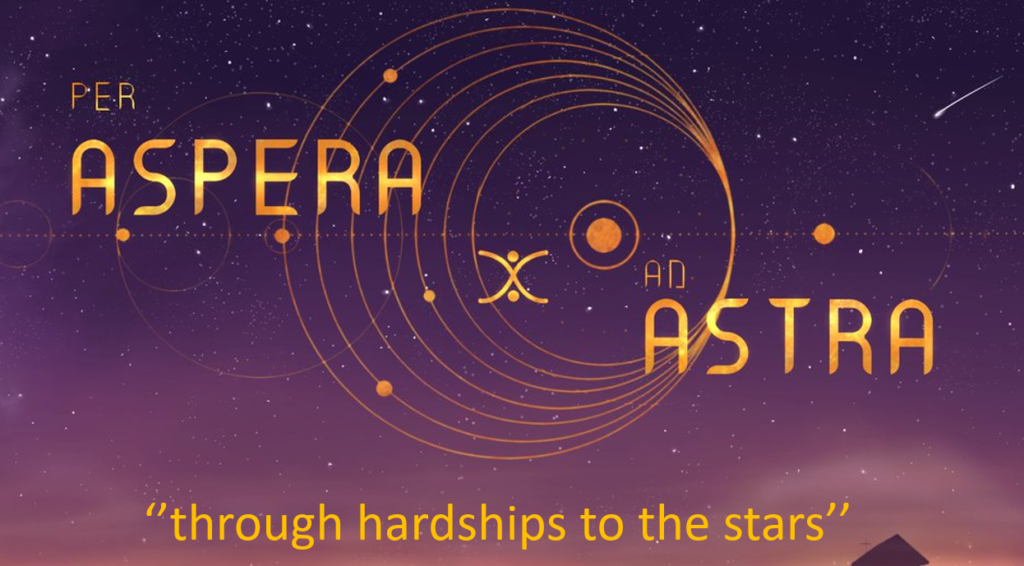
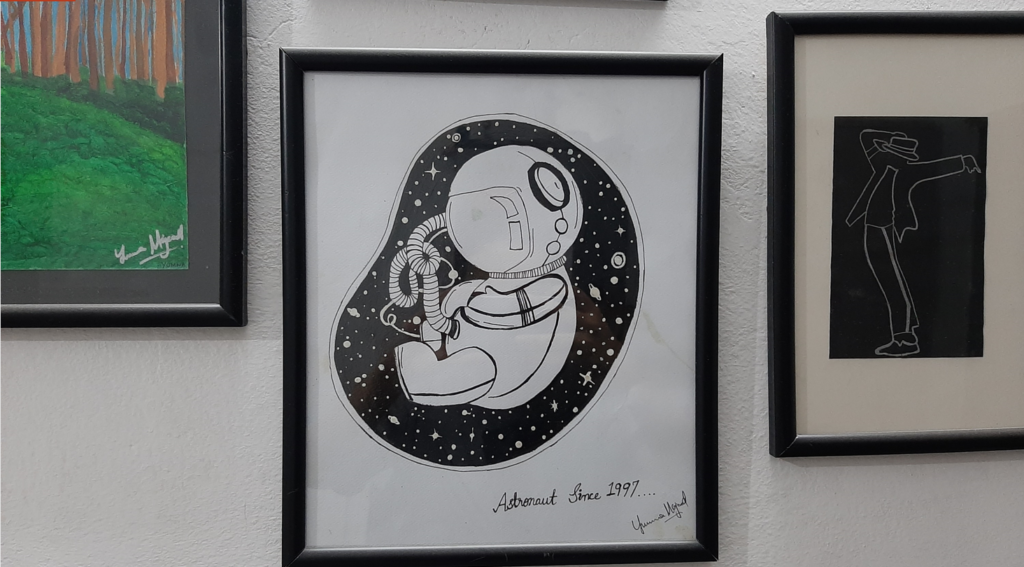
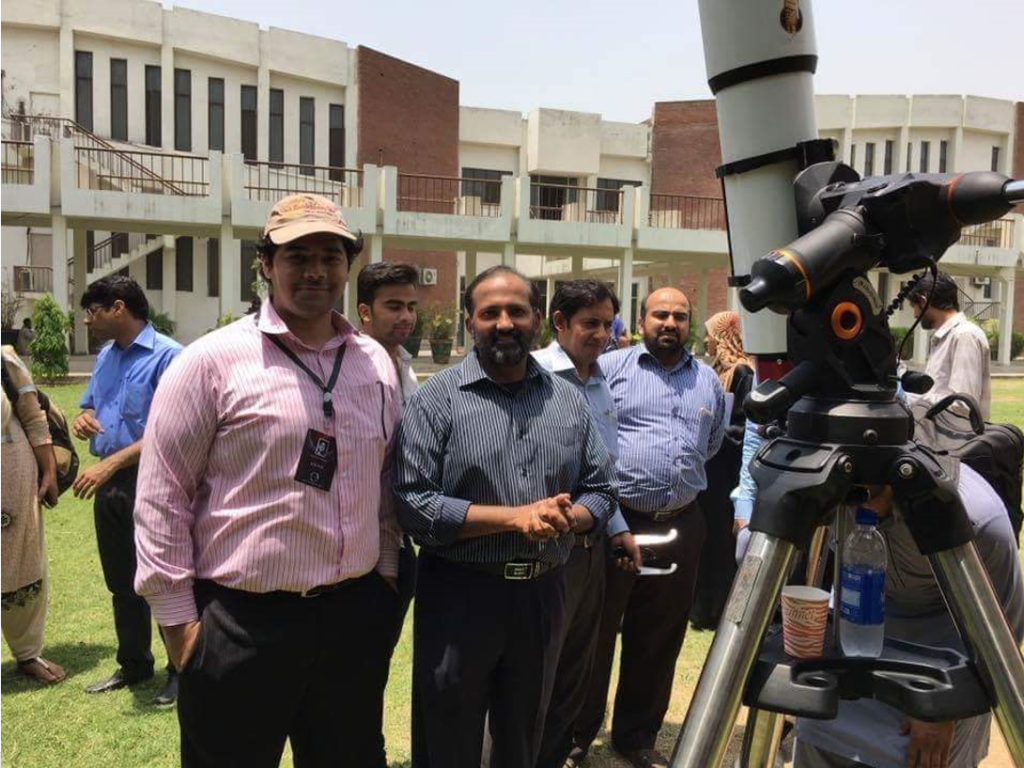
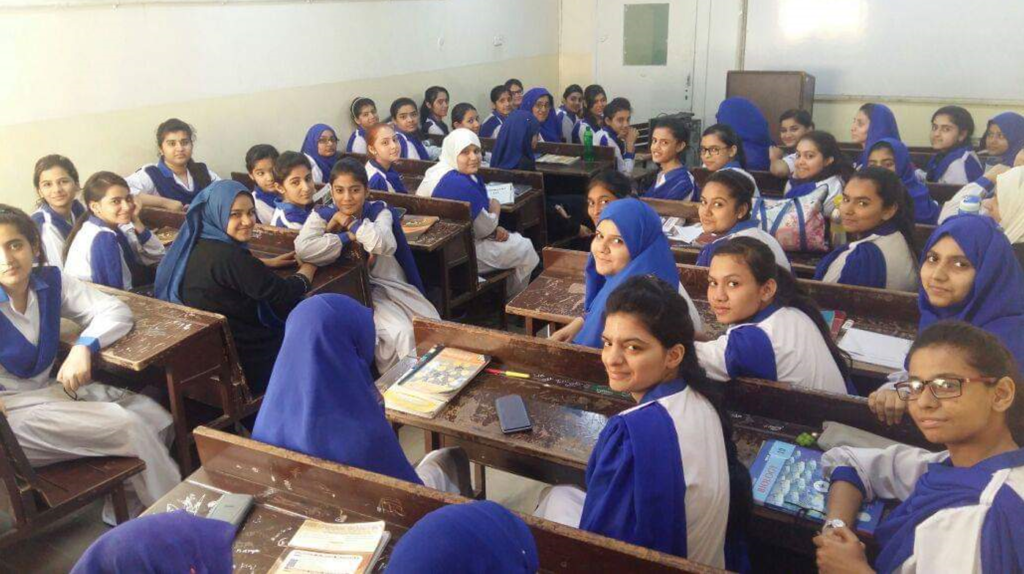
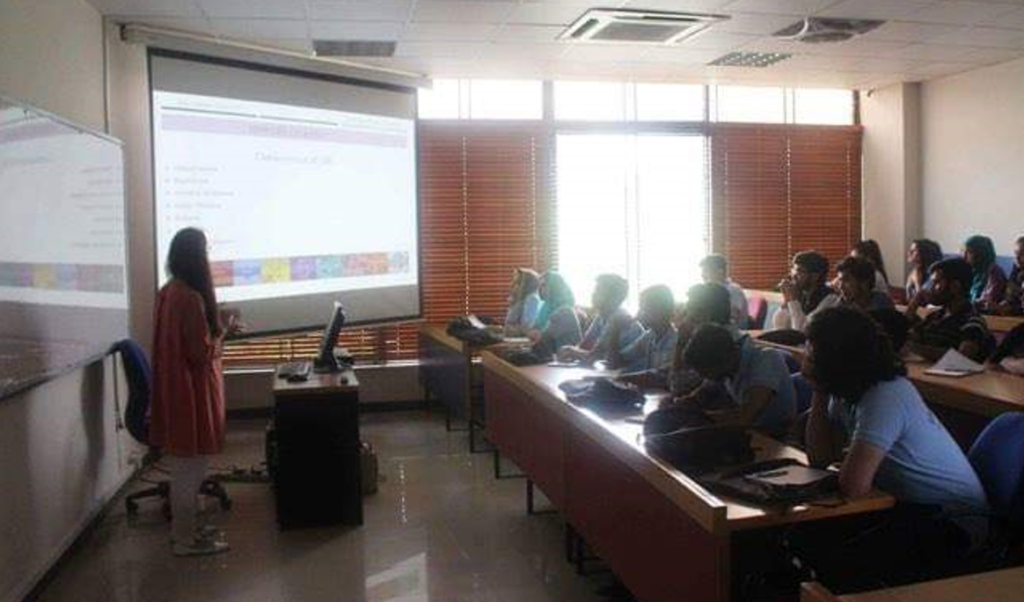
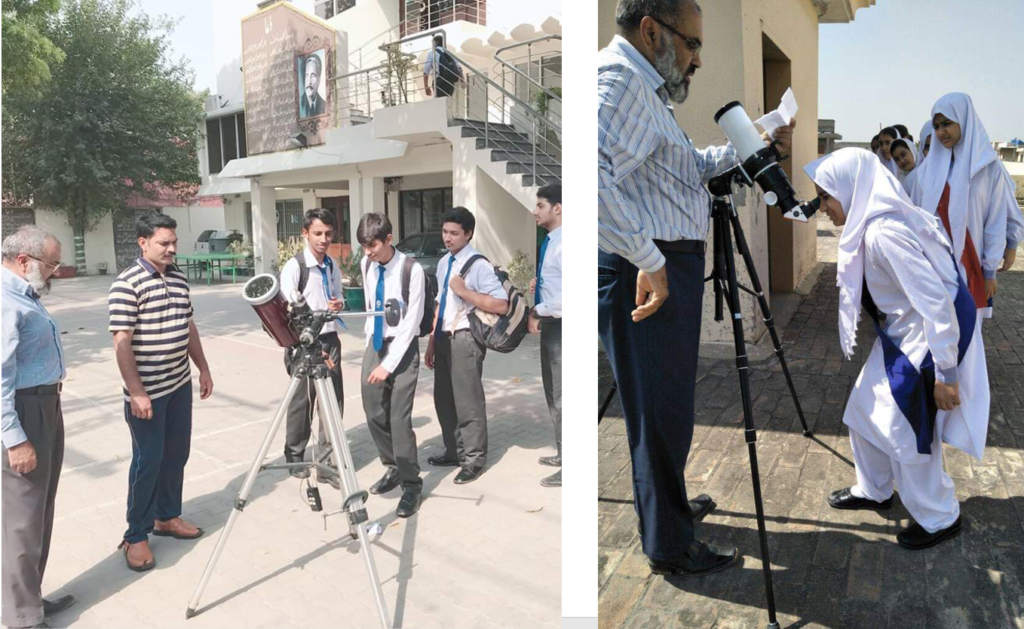
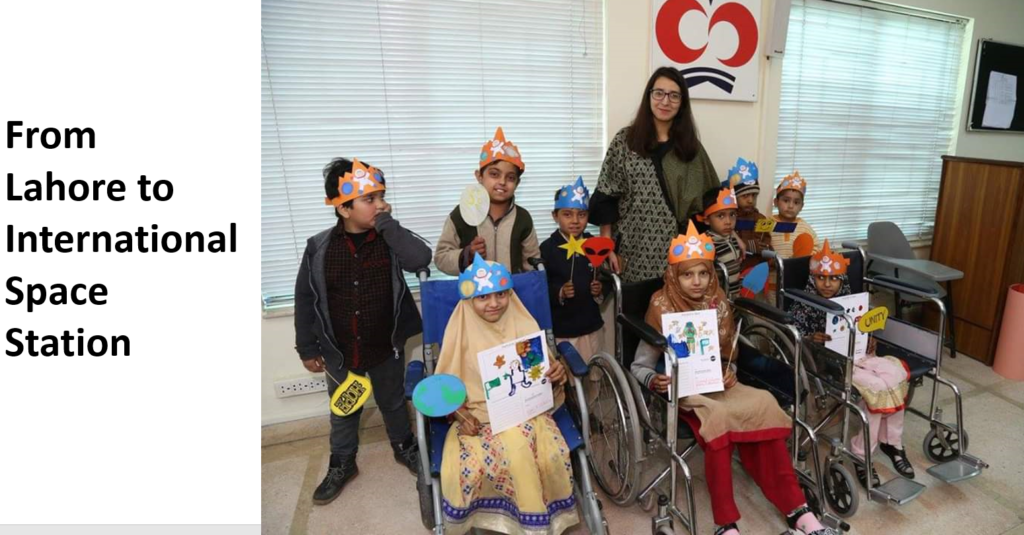
Yumna won a telescope signed by Astronaut Mark Kelly. She had difficulty getting it through customs as officials could not understand what peaceful, useful, educational purpose a person would want a telescope. There are many opportunities for the advancement of space and astronomical education in Pakistan (and in the rest of the world as well).

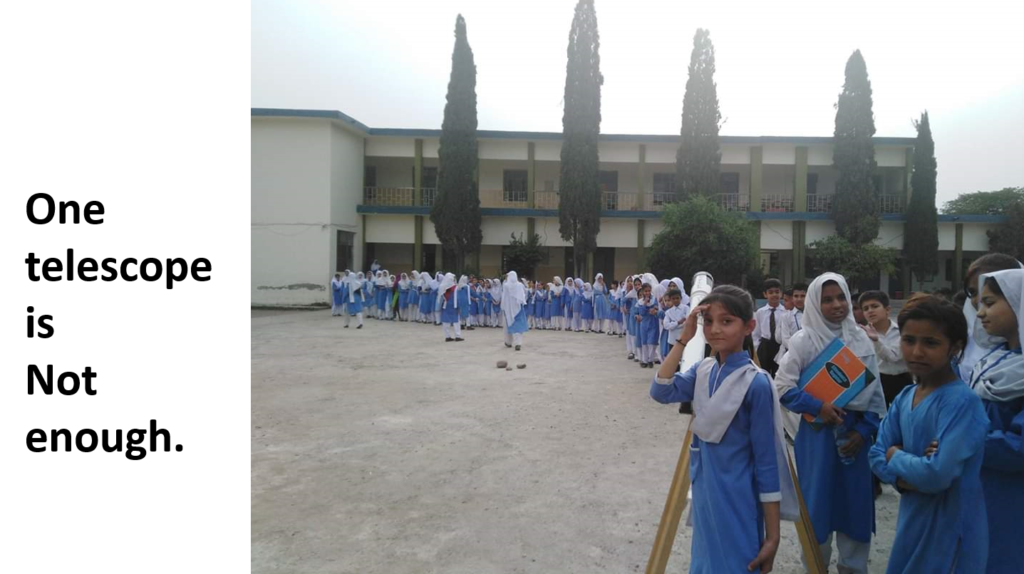
Yumna explain the difficulties with getting astronomical equipment in Pakistan and with observing at night time. David Cheuvront, a NSS North Houston Space Society member, suggested online observatory programs such as Observing with Nasa and through immersive experiences such as NASA’s eyes.
Sam also suggested that Yumna should try to connect with Dr. Pervez Hoodbhoy who been pushing for more online education with onset of the COVID crisis:
Dr. Pervez Hoodbhoy has an impressive track record of advancing science and space education in Pakistan. He did a TEDx talk:
He has done many documentaries and discussions about space. Here is just one of many that I found on the internet:
After a Q&A session with Yumna, meeting members were invited to share their astronomical experiences since the last meeting.
Vito shared a movie called Cosmos that came out in 2019 that received weak reviews, but was fairly good. “Cosmos explores the thrilling first hours of first contact when three astronomers accidentally intercept what they believe to be a faint, coded signal from a distant alien civilisation”
Peter shared an event coming up next weekend:
An Intervening Conversation: Does Human Progress Live in Space Now? A Galactic View of Humanity (Webinar)
Saturday July 18, 2020 1PM CDT
RSVP Here
Here are some more details about the event:
LaRouchePAC will host a webinar on July 18th, on space exploration as the means to take another large leap for mankind, a leap which is particularly needed now as we deal with COVID and its economic devastation. We would like very much for you to attend and participate, particularly if you are young and intrigued with the idea of creating a future loaded with awesome new discoveries about the nature of humans and the nature of our universe, overcoming the barriers which only seem to stand in our way.
The existential question that had been often posed by American Statesman and economist Lyndon LaRouche is, “What is man in the universe?” “For example, human existence is not merely conditional on the conditions on earth, the conditions on earth are subject to changes in the changing conditions of life within the solar system. In turn, the conditions for human life within the solar system as a whole, are shaped by the cyclical and other changes within our galaxy.” LaRouche insisted that the universe itself was provably anti-entropic and creative and that harnessing that creativity was the mission of mankind.
Did you know that right now on the International Space Station scientists are using microgravity, which allows for growth in three dimensions, to attempt to grow human organs for transplant use on earth?
Right now also, 3D printing is being used to create the parts needed for extended space exploration, right on the space station, in space, rather than the very expensive process of creating and ferrying spare parts and repaired parts into space from earth.
Have you thought about the fact that nations are racing now to mine helium 3 on the moon? The isotope is plentiful there and makes fusion energy possible. Fusion energy is the means to power exploration of the universe and ensure that every place on earth has an available cheap energy source.
This month marks the 45th anniversary of the Apollo-Soyuz Mission that launched on July 15, 1975. Through space cooperation we have continued to broaden the imagination, and develop the higher human identity found at the frontiers of scientific discovery.
This month the United States is preparing to launch the 2020 Mars Perseverance Rover, which will carry with it the first Mars helicopter, Ingenuity. China will be launching its first Mars mission with an orbiter and rover, Tianwen-1, and the United Arab Emirates will launch their Mars orbiter, Hope or Al Amal, on a Japanese JAXA rocket.
What if a new generation of our youth, like the Apollo generation, were trained at the highest level of science and in the bold attitude of mind which conquers the unknown, the promise now implicit in President Trump’s Artemis program? There would be no limits to human progress.